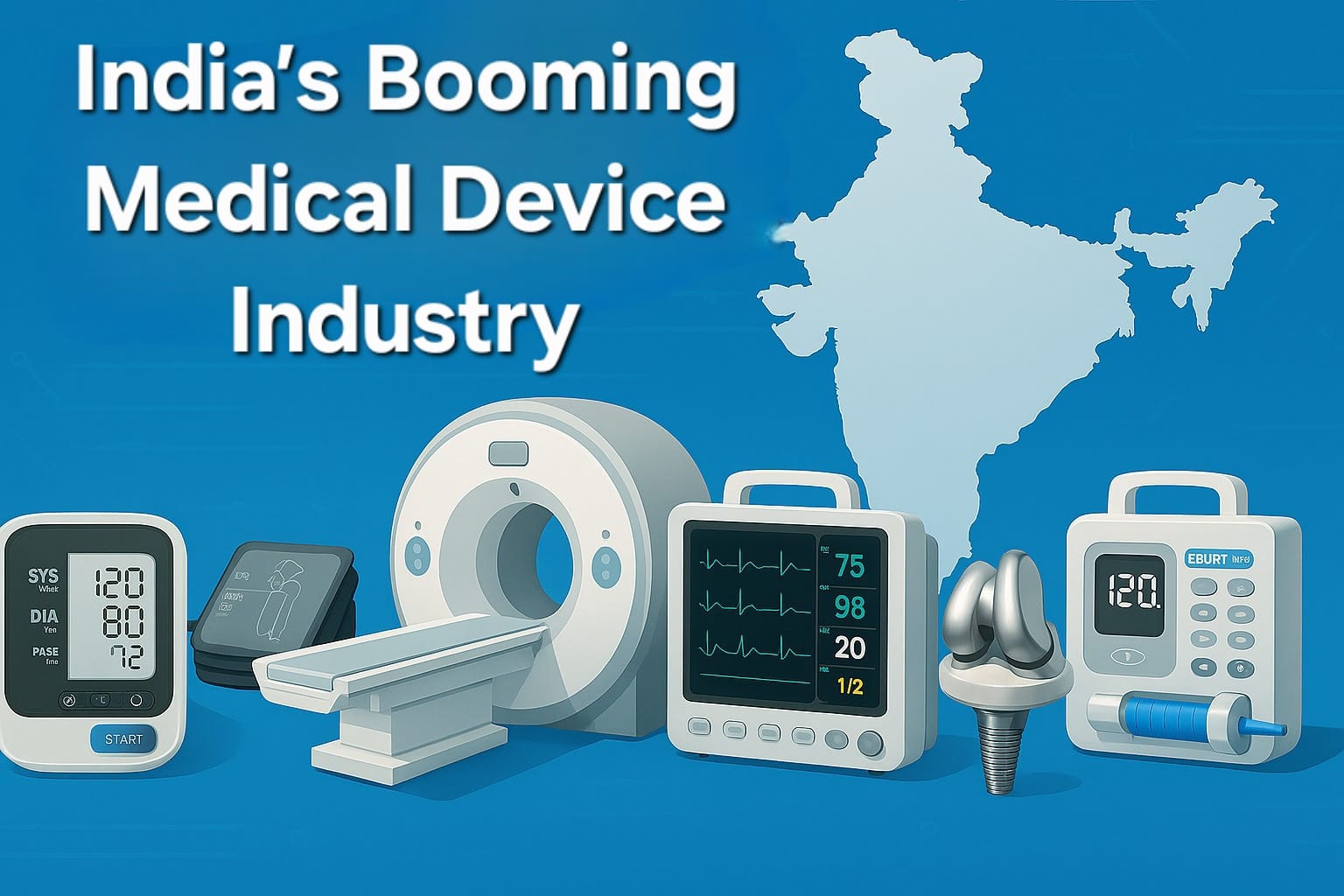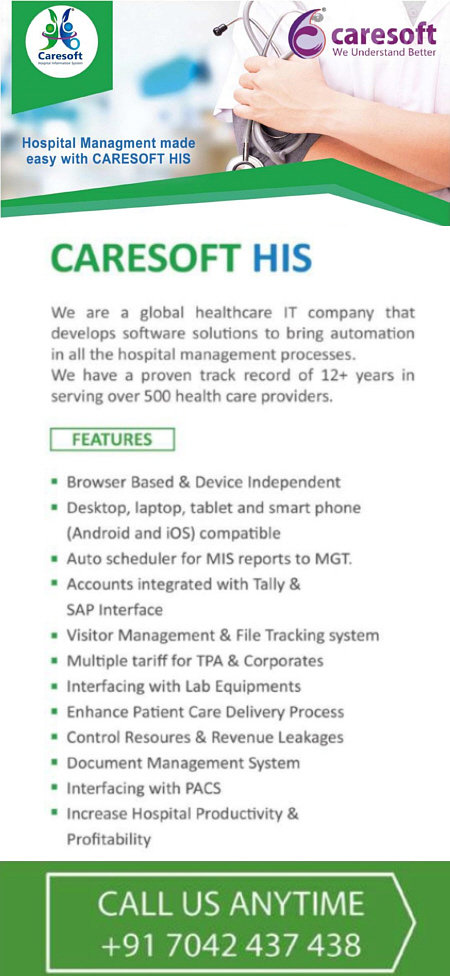America's 26% Tariff Shock: Will It Cripple India's Booming Medical Device Industry?
With the right strategies, the country can not only withstand these tariffs but also emerge as a global powerhouse in medical technology.

Global trade dynamics are shifting, and India’s medical device industry has found itself in the crosshairs of an economic showdown with the United States. The recent decision by the U.S. government to impose a 26% reciprocal tariff on Indian medical device exports is raising alarms in one of the fastest-growing sectors of the Indian economy. This move comes as a response to India's existing import duties on American goods, setting the stage for economic uncertainty in a sector that was poised for exponential growth.
For years, India has played a crucial role in supplying cost-effective, high-quality medical devices to global markets. With exports surpassing $700 million annually to the U.S. alone, India has been a key player in meeting the increasing demand for affordable healthcare solutions. But with Washington now introducing steep tariffs, the landscape may change dramatically.
India has been a dominant force in producing low-cost, high-volume consumable medical devices, making them a major supplier to the United States. However, in a comparative analysis of global tariffs imposed by the U.S., India now faces one of the highest duty rates among major exporters:
China: 34%
Vietnam: 46%
Europe: 20%
South Korea: 25%
Japan: 24%
Taiwan: 32%
Switzerland: 31%
Malaysia: 24%
Turkey: 10%
India: 26%
While countries like Vietnam and China face higher tariff rates, India's position remains precarious because it is still an emerging powerhouse in this sector and relies heavily on the U.S. as a primary export destination.
Despite trade tensions, India’s medical device industry remains one of the most promising growth sectors. In 2020, the industry was valued at $11 billion and is projected to hit $50 billion by 2030, marking an astonishing 16.4% CAGR (Compound Annual Growth Rate). With healthcare needs rising, India has been expanding its production capacity to meet both domestic and international demand.
However, the country still imports more than it exports when it comes to medical devices. In 2021-22, imports surged to $8.5 billion, a 36.8% increase over the previous year.
The biggest import sources include:
China (19.4%)
United States (17.2%)
Meanwhile, India’s export performance has been improving steadily, with 2021-22 exports reaching $2.9 billion, marking a 15.47% annual growth. The U.S. remains the largest market for these exports, accounting for 21.6% of total shipments.
The biggest concern among industry experts is how the new U.S. tariffs will impact profitability, competitiveness, and supply chain stability.
Here are the major repercussions expected:
1. Higher Costs for Indian Manufacturers: Medical device companies will now have to either absorb the additional costs or pass them on to buyers, potentially making Indian products less competitive in the U.S. market.
2. Shift in Trade Routes: With the U.S. becoming a less attractive market due to high tariffs, Indian manufacturers may diversify their exports and seek to strengthen ties with European, Middle Eastern, and Southeast Asian markets.
3. Slowdown in Investments: India’s medical device sector has seen growing foreign direct investments (FDIs) in recent years. However, the uncertainty brought about by trade restrictions could dampen investor confidence and slow down expansion plans.
4. Opportunities Amidst Challenges: While the tariff hike presents short-term hurdles, it also presents an opportunity for India to accelerate domestic manufacturing and reduce reliance on imports. The government’s ‘Make in India’ initiative could get a boost, encouraging companies to scale up operations for self-reliance.
India has several options to mitigate the impact of this trade move:
Negotiating Bilateral Agreements: India could explore diplomatic solutions to reduce tariffs through trade negotiations.
Strengthening Domestic Demand: By boosting healthcare infrastructure, India can increase domestic consumption of its own medical devices.
Leveraging Other Global Markets: Expanding trade relations with Europe, ASEAN, and Latin American countries could help offset losses from the U.S. market.
India’s medical device industry is at a critical crossroads. While the 26% U.S. tariff is a setback, strategic adaptation and policy support could turn this challenge into an opportunity. As India aims to position itself as a global leader in medical technology, navigating these economic hurdles with agility will be key to ensuring sustained growth in the years ahead.
Trade policies are unpredictable, but India’s resilience in the healthcare industry remains strong. With the right strategies, the country can not only withstand these tariffs but also emerge as a global powerhouse in medical technology. The question remains: Will India fight back with negotiations, or will it pivot towards self-reliance? The answer will shape the future of India's medical device industry in the global arena.
 Sunny Parayan
Sunny Parayan
#MedicalDevices #HealthcareInnovation #MedTechIndia #MedicalExports #GlobalTrade #IndiaUSRelations #AtmanirbharBharat #MakeInIndia #healthtech #healthvoice
